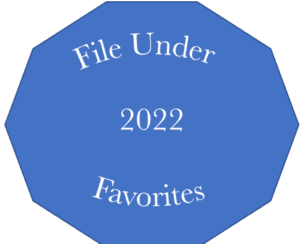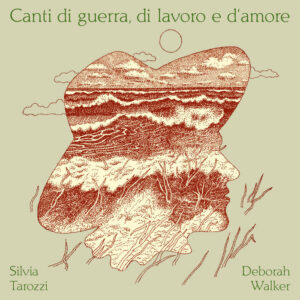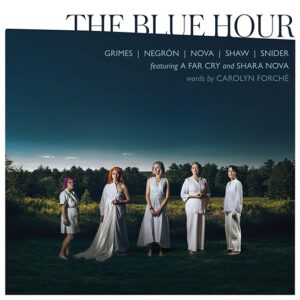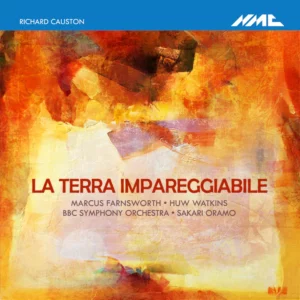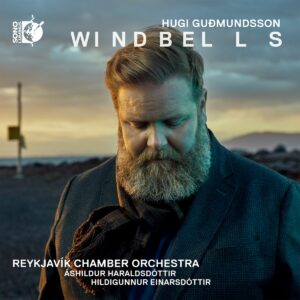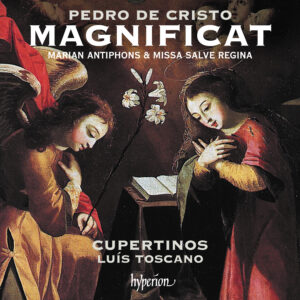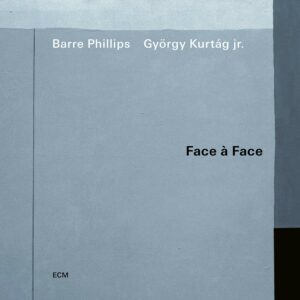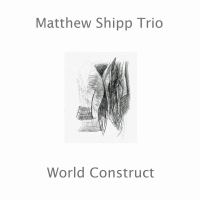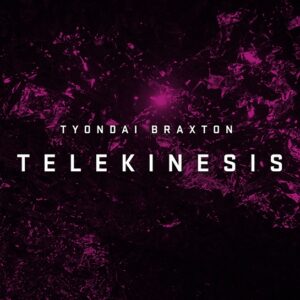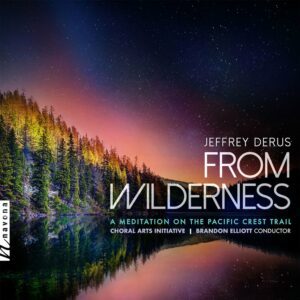File Under Favorites 2022
Canti di guerra, di lavoro e d’amore
Silvia Tarozzi and Deborah Walker
Unseen Worlds
Violinist/vocalist Silvia Tarozzi and cellist/vocalist Deborah Walker have collaborated on projects as improvisers and interpreted contemporary classical music, notably the work of Harold Budd. On their 2022 release for Unseen Worlds, Canti di guerra, di lavorro e d’amore (Songs of war, work, and love), they delve into folk music from the region Emilia, where they grew up. The specific focus of the release is the anti-Fascist songs performed by partisans during the Second World War. The inclusion of Coro delle Mondine di Bentevoglio, who sing “La Lega ” to the accompaniment of accordion and strings, adds immediacy to the proceedings.
Tarozzi and Walker incorporate folk songs into the melodies they play, but the duo incorporate their approach to contemporary improvisation, with a plethora of extended techniques, scurrying lines, harmonics, altissimo playing and glissandos. “Parziale” is a microtonal excursion. “Country cloud” shimmers with violin scales set against single-note attacks in the cello, which are later incorporated into sustained passages. “Il bersagliere ha cento penne” adds Olo Obasi Nnanna singing and Andrea Rovachi playing mbira, the thumb piano’s arpeggiated chords providing a percussive introduction before a supple vocal line. “Meccanica primitiva” also plays with percussive sounds, these elicited from the bodies of the string instruments, which are tapped in overlapping rhythms. This appears to be a hat tip to the Futurists movement, in which Luigi Rossolo and others create music with noise rather than pitch as the focus.
The duo stretch out on “La campéna ed San Simón – Ignoranti senza scuole,” with the singing of another folk song juxtaposed with artpeggiated cello harmonics. A pizzicato section, standing in for guitar, ushers in the second verse, in which harmony singing embellishes the song. “Sentite buona gente” closes the album with repeated harmonics in the violin and a mournful melody in the cello. Eventually, beautiful vocalise in harmony are added to the melody. The close is a slide in the cello, cutting off the recording in enigmatic fashion.
Tarozzi and Walker are valuable musicians in many contexts. It is fascinating to hear them in such a personal one, reviving the songs of those who sought freedom from Mussolini in the very area where they spent their childhoods. An imaginative release that is one of our Favorites of 2022.
-Christian Carey
